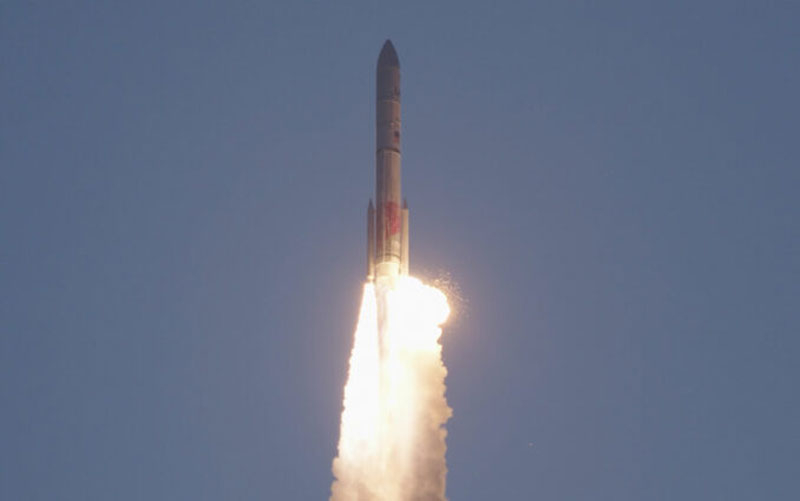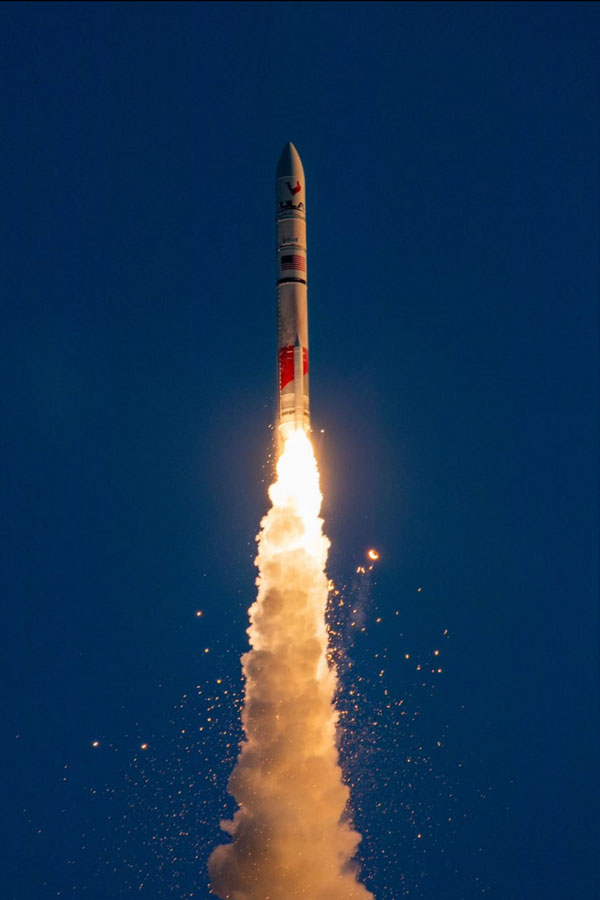The launch on Friday of the United Launch Alliance’s promising Vulcan heavy rocket with the Centaur upper stage became the second in its history. All flight goals were eventually achieved, but in the first seconds an anomaly occurred with the solid-state accelerators, which could have ended sadly.

Image source: United Launch Alliance
The rocket launched from pad SLC-41 at the US Space Force station at Cape Canaveral in Florida at 07:25 local time (14:25 Moscow time). As a payload, a weight and size mockup was installed on the upper stage in the interests of the US military departments. ULA also installed a number of instruments there that would collect more data on the behavior of the rocket at all stages of flight.

37 seconds after launch, a sheaf of sparks and, apparently, some kind of debris burst out of the nozzle of the right (one of two on the rocket) solid fuel accelerator. This had no visible effect on the rocket’s flight path, although both boosters separated from the first stage 20 seconds later than intended. ULA promises to investigate the anomaly. The rocket can be armed with up to six accelerators. They are produced by Northrop Grumman. It is unclear how the incident might affect the certification of the missile for use by the US military. Two “urgent” missions to launch military satellites were planned for the end of the year. Friday’s launch was the second in the Vulcan launch vehicle certification program.